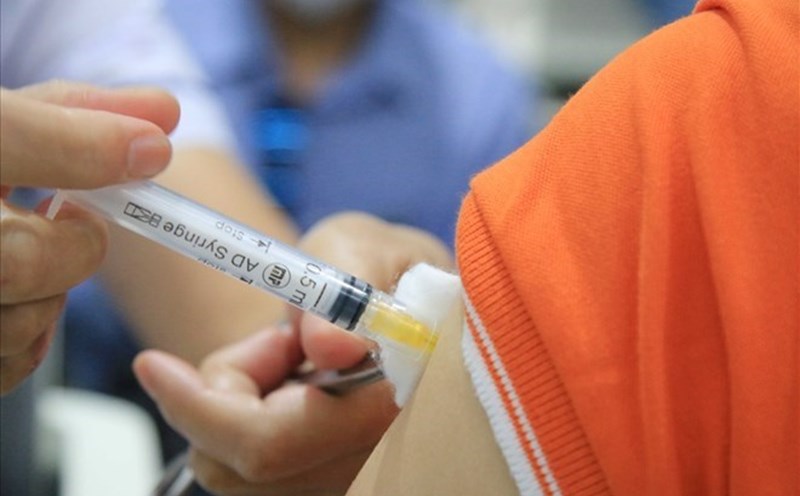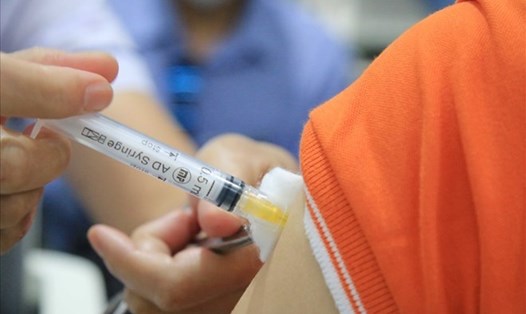On the afternoon of February 5, the Department of Preventive Medicine (Ministry of Health) said that the event-based surveillance system in Vietnam recorded information about the seasonal flu outbreak in Japan.
According to data released by the National Institute of Infectious Diseases in Japan, the seasonal flu outbreak has been ongoing since September 2024, with approximately 9.5 million cases. The last week of 2024 recorded more than 317,000 cases in Tokyo, Hokkaido, Osaka, and Fukuoka, which are densely populated areas with many tourist attractions and crowded areas, and are the areas most affected by the current seasonal flu outbreak.
The Health Ministry said the current outbreak of seasonal flu in Japan is mainly caused by influenza A, but there is still a risk of an outbreak caused by influenza B.
Mr. Hoang Minh Duc, Director of the Department of Preventive Medicine (Ministry of Health), said that the Ministry of Health continues to monitor and closely follow the developments of the epidemic situation in the country and around the world to direct and guide localities and units to deploy appropriate and timely measures and provide complete and accurate information, not to cause panic and anxiety, but not to be subjective or negligent in the face of developments of the epidemic situation.
This is also a time when the weather is favorable for the spread of respiratory pathogens. The Ministry of Health recommends that people take good measures such as covering their mouth and nose when coughing or sneezing, preferably with a cloth or handkerchief or disposable tissue, or a sleeve to reduce the spread of respiratory secretions.
Wear a mask in crowded places and on public transport; wash your hands frequently with soap and water or hand sanitizer (especially after coughing or sneezing). Do not spit in public places.
In particular, limit unnecessary contact with people with the flu or suspected cases. Get vaccinated against seasonal flu.
When you have symptoms of cough, fever, runny nose, headache, fatigue, do not arbitrarily test or buy medicine to treat yourself at home, but contact a medical facility for timely advice, examination and treatment.
Previously, according to information from the World Health Organization (WHO) on January 7, in many countries in the Northern Hemisphere, acute respiratory diseases tend to increase seasonally at the end of the year due to respiratory pathogens such as seasonal influenza virus, RSV and other common viruses such as hMPV, mycoplasma pneumoniae.
According to WHO, the incidence of influenza-like illness (ILI) or acute respiratory infections (ARI) in several countries in the Northern Hemisphere increased in the last weeks of 2024 and exceeded the usual seasonal baseline.
In addition, according to the results of influenza surveillance worldwide, seasonal influenza is also increasing in many countries in Europe (all subtypes of influenza viruses appear), North America (mainly influenza A), Central America and the Caribbean (mainly influenza A/H3N2), West Africa (mainly influenza B), North Africa (mainly influenza A/H3N2), East Africa (mainly influenza B) and many countries in Asia (mainly influenza A/H1N1 pdm09), consistent with the typical trend for the end of the year.











